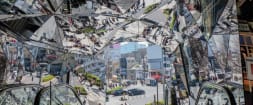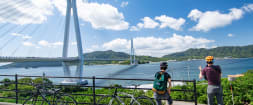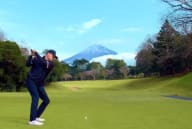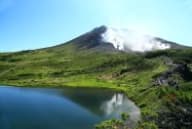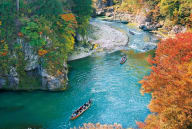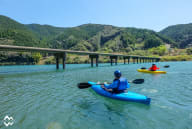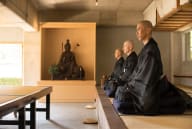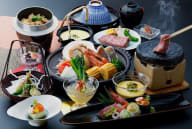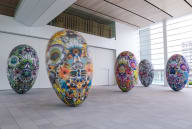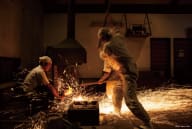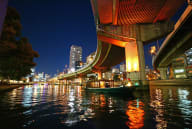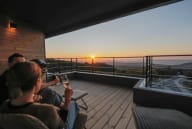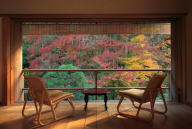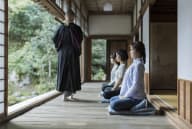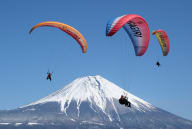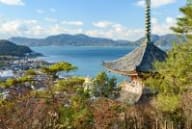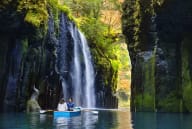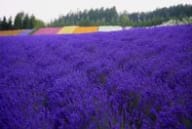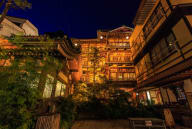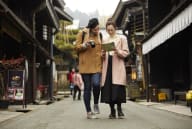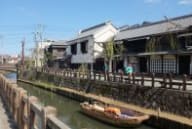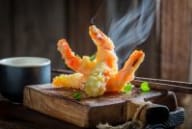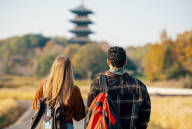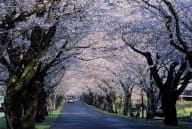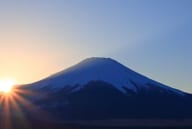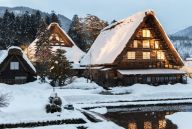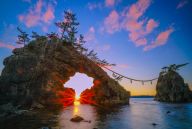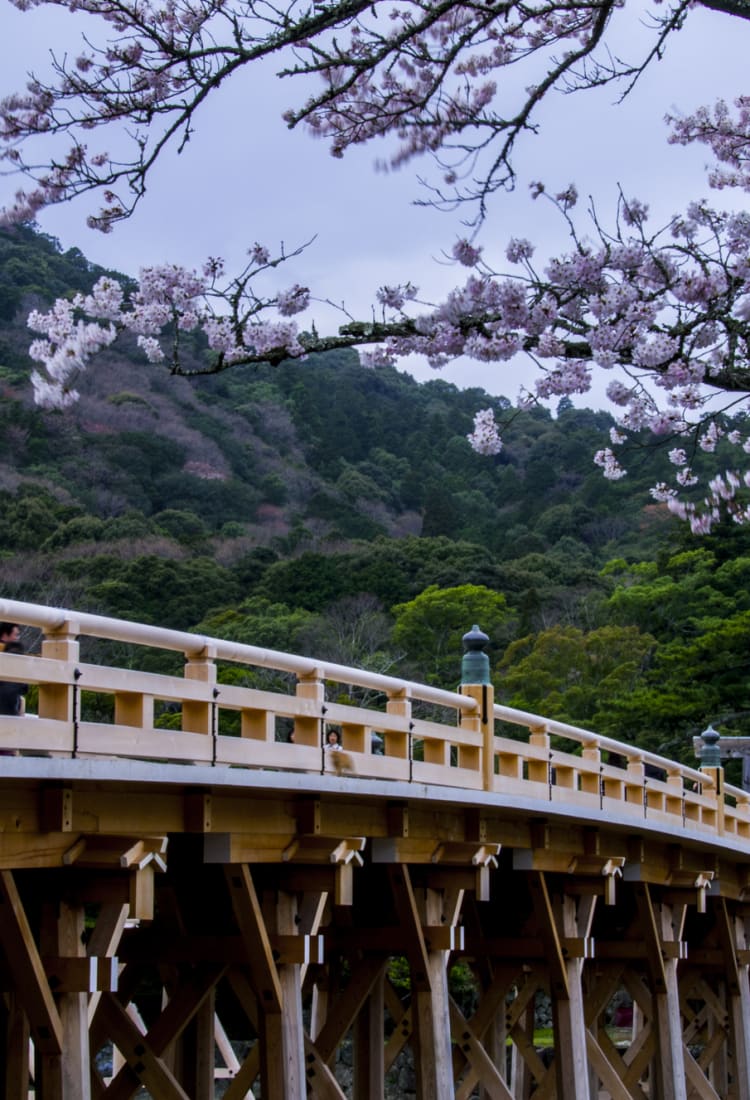
2025.02 A Cultural Adventure in Mie: A Railway Journey Exploring Ninja History and Sacred Sites [PR]
*For details on the Ise-Kumano-Wakayama Area Tourist Pass, please refer to the end of this article.
Iga Ueno: Exploring Iga and the ninja
Begin your journey by taking the JR Yamatoji Line, JR Kansai Main Line, or other routes from Osaka City to Iga-Ueno Station—a trip that takes approximately 1 hour and 50 minutes.
Iga Ueno is a charming castle town, home to Iga Ueno Castle and known as the birthplace of the ninja. The castle is renowned for its impressive 30-meter-high stone walls, designed to fend off enemy attacks. While its original five-story main keep was destroyed by a storm in the 17th century, it was reconstructed in 1935. This wooden keep, blending palace-style architecture, is a stunning example of traditional Japanese design.
Take a peaceful stroll through this castle town while discovering remnants of its ninja heritage. For accommodations, consider the Nipponia Hotel Iga Ueno Castle Town, a decentralized hotel seamlessly integrated into the townscape. Feel the passage of time as you stay in historical buildings preserved from the Edo and Meiji periods while immersing yourself in the area’s rich culture.
When it comes to dining, treat yourself to exquisite French cuisine that highlights the region's finest ingredients. At Le Un, a restaurant housed in a beautifully repurposed historical building, savor local delicacies such as Iga beef—known as “phantom beef”—and Iga rice and sake, nurtured by the area’s pristine water. Le Un is part of the Nipponia Hotel and is just a short walk from its facilities.
For a deeper dive into ninja culture, visit the Ninja Museum of Igaryu. Here, you can actively experience the life of a ninja. Explore the Karakuri Ninja Yashiki, a former Iga-ryu ninja residence filled with defensive traps and mechanisms like revolving doors and hidden weapons. Don’t miss the ninja performance, where the speed and power of traditional techniques come to life. You can even try throwing “shuriken” ninja stars for a hands-on ninja experience. The museum also displays an array of ninja tools and artifacts, offering a glimpse into the unique lifestyle of the Iga ninja.
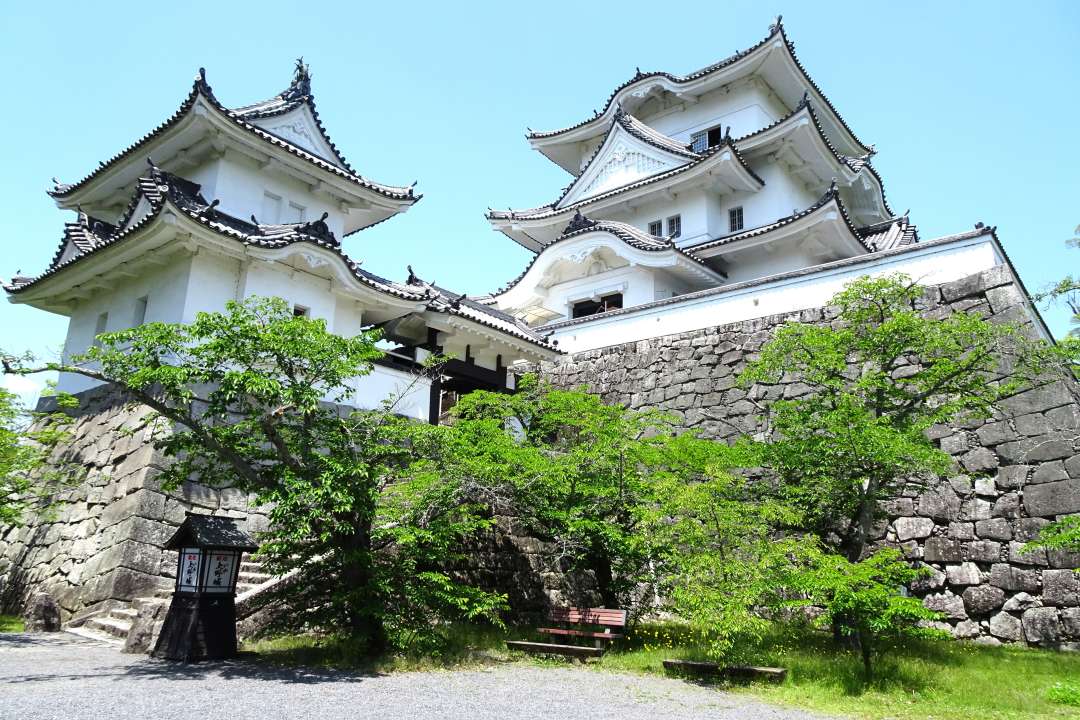
The main keep of Iga Ueno Castle, also known as Hakuho (White Phoenix) Castle for its elegant appearance. Inside, the first and second floors feature displays of samurai-era tools, while the third floor and above offer fantastic panoramic views.

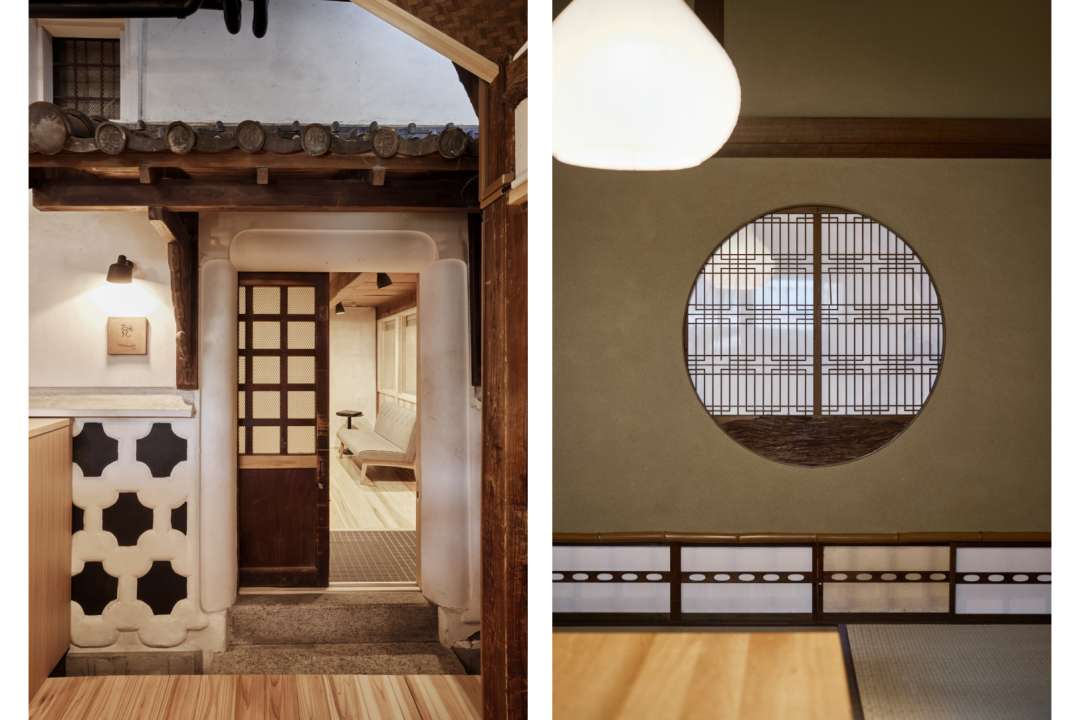



The KANMURI building of Nipponia Hotel Iga Ueno Castle Town. Several other buildings also provide a glimpse into the area’s rich history.

Le Un, a restaurant housed in a beautifully repurposed historical building.

Savor Iga’s finest ingredients elevated through exquisite French techniques.
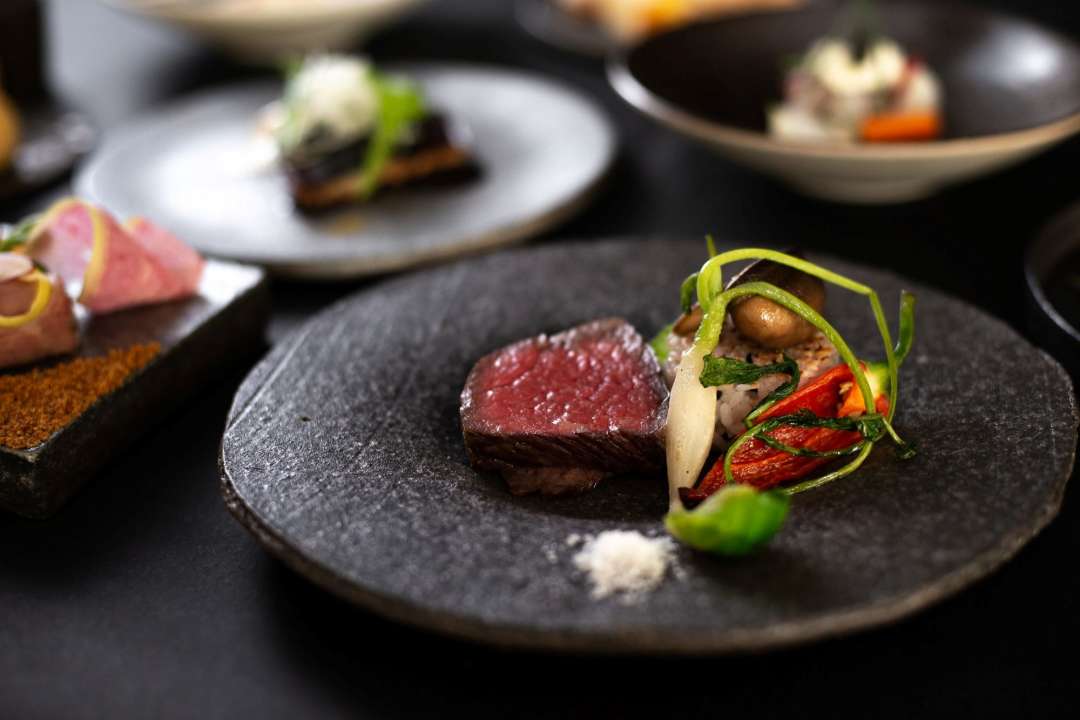
Iga beef: A delicacy known as “phantom beef” due to its limited production and exclusivity.

Breakfast.

Ninja Museum of Igaryu.

The Karakuri Ninja Yashiki at the Ninja Museum of Igaryu.
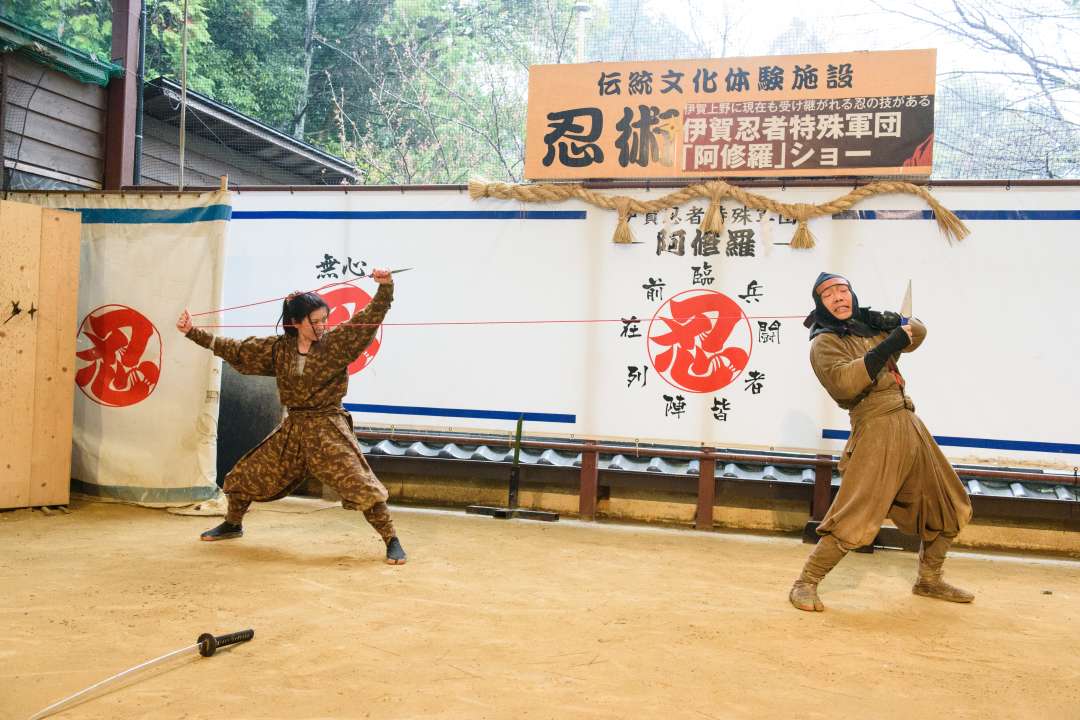
A thrilling ninja performance by the Iga Ninja Special Army, Asura.
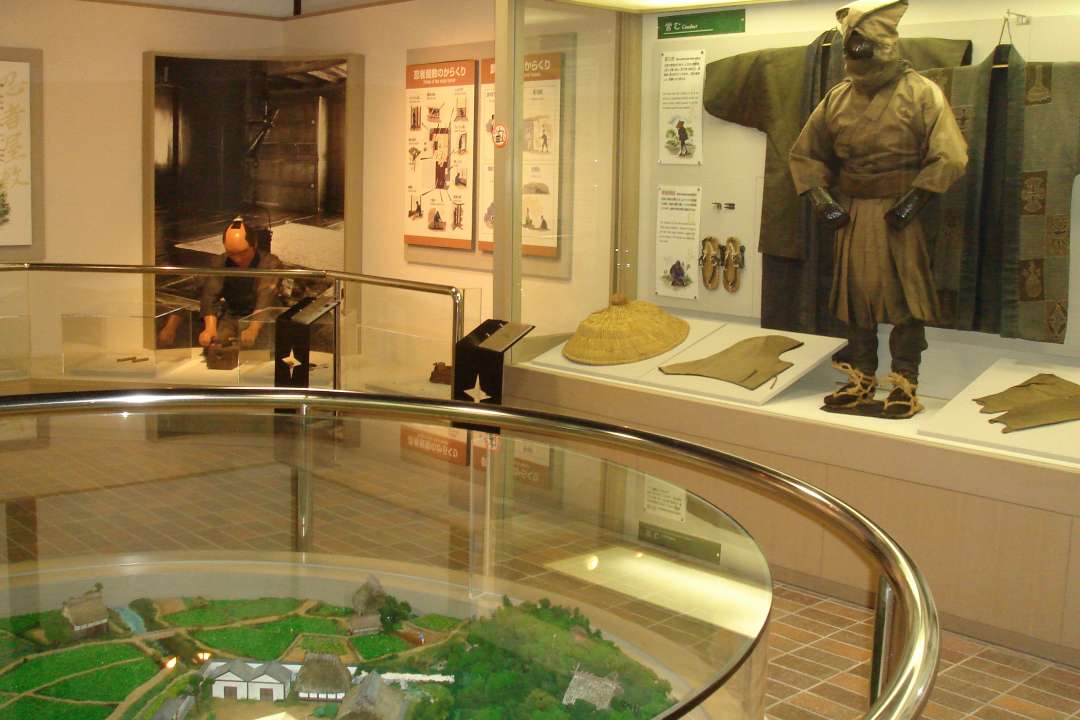
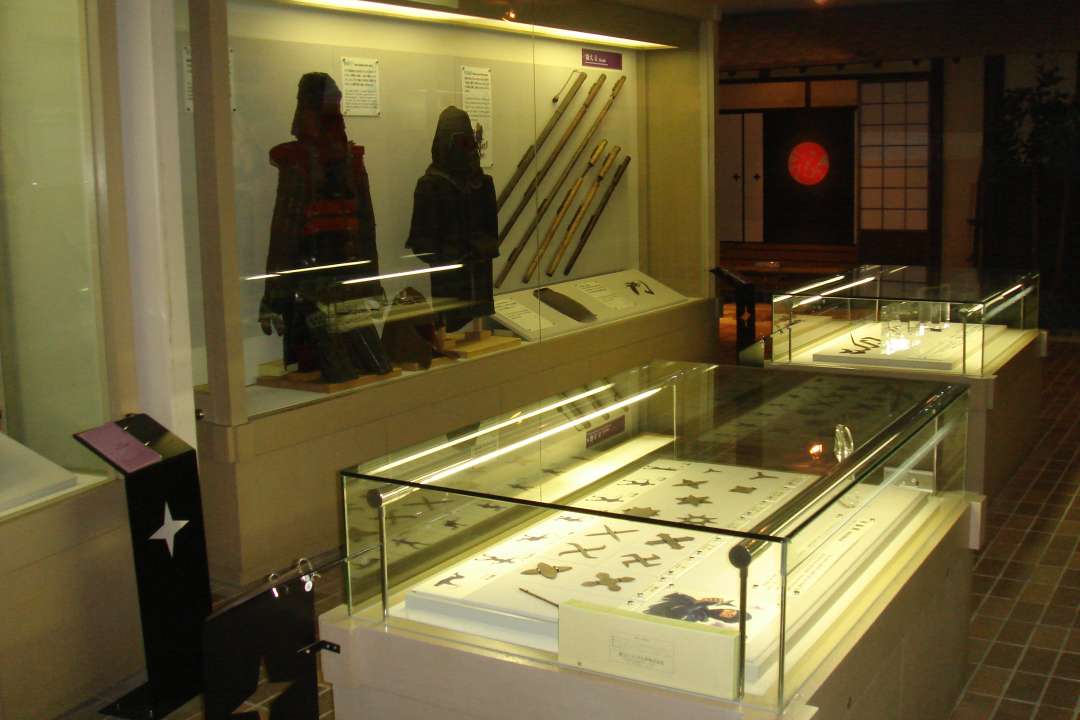
Exhibits at the Ninja Museum.
Ise-Jingu Shrine: Exploring Japan’s spiritual homeland
Next, travel from JR Iga-Ueno Station to Iseshi Station via the JR Kansai Main Line and JR Kisei Main Line. The journey takes approximately 2 hours and 40 minutes.
Ise-Jingu Shrine is revered as sacred ground by the Japanese people. Its Kotaijingu (commonly known as Naiku) is the spiritual home of the Japanese and the place where Amaterasu Omikami—the sun goddess and said to be the ancestor of the Imperial Family—has been venerated for around 2,000 years. A visit here offers an unparalleled opportunity to connect with Japan’s deep history and culture.
After passing through the torii gate and crossing the Ujibashi Bridge, you’ll enter the shrine’s serene precincts. Follow the tree-lined path to the main sanctuary, where the peaceful atmosphere is enhanced by the gentle sounds of birdsong, especially in the early morning. Surrounded by a dense forest, this sacred space embodies the unique spirituality of Japanese culture, which harmonizes nature and divinity.
On your way back, take a leisurely stroll through the nearby Oharaimachi and Okage Yokocho areas, located just outside the torii gate. In Oharaimachi, you’ll find charming rows of traditional gabled-roof houses, a style characteristic of the area, while Okage Yokocho offers a glimpse into the past with reconstructed and relocated buildings from the 17th to 19th centuries. Enjoy the nostalgia of stepping back in time as you savor local specialties like Ise udon noodles or browse for souvenirs.
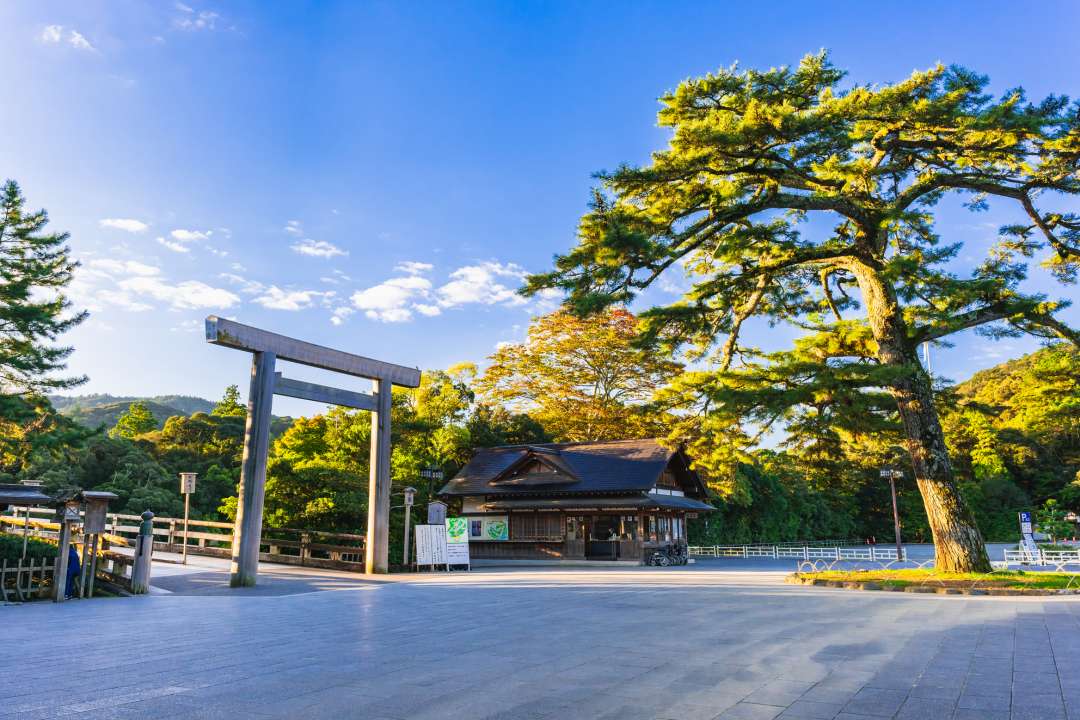


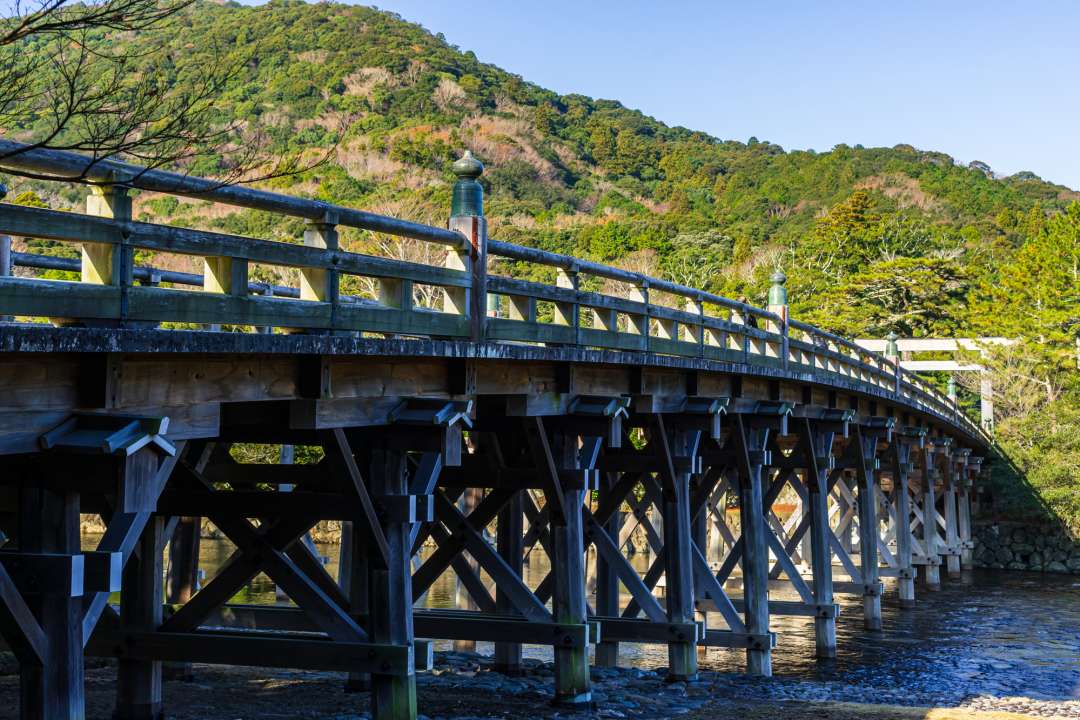
The torii gate at Kotaijingu (Naiku) of Ise-Jingu Shrine and Ujibashi Bridge.

A peaceful walk along the tree-lined path to the main shrine.
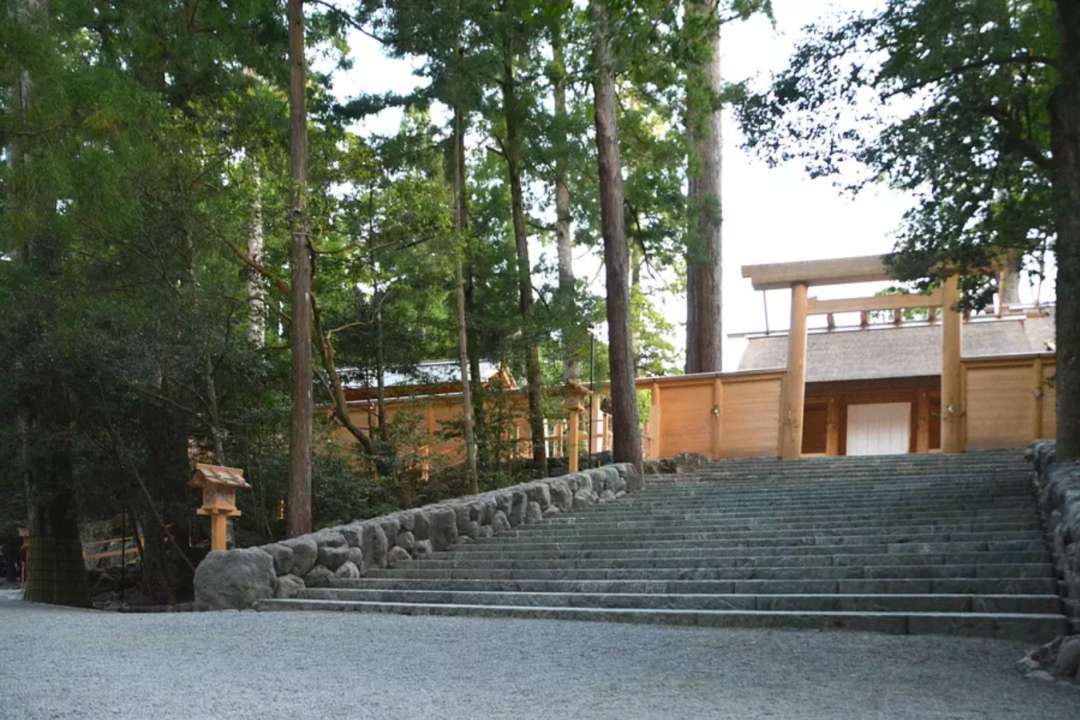
The main sanctuary of Kotaijingu, where the gods are enshrined behind four fences. Visitors can usually approach only as far as the first fence.
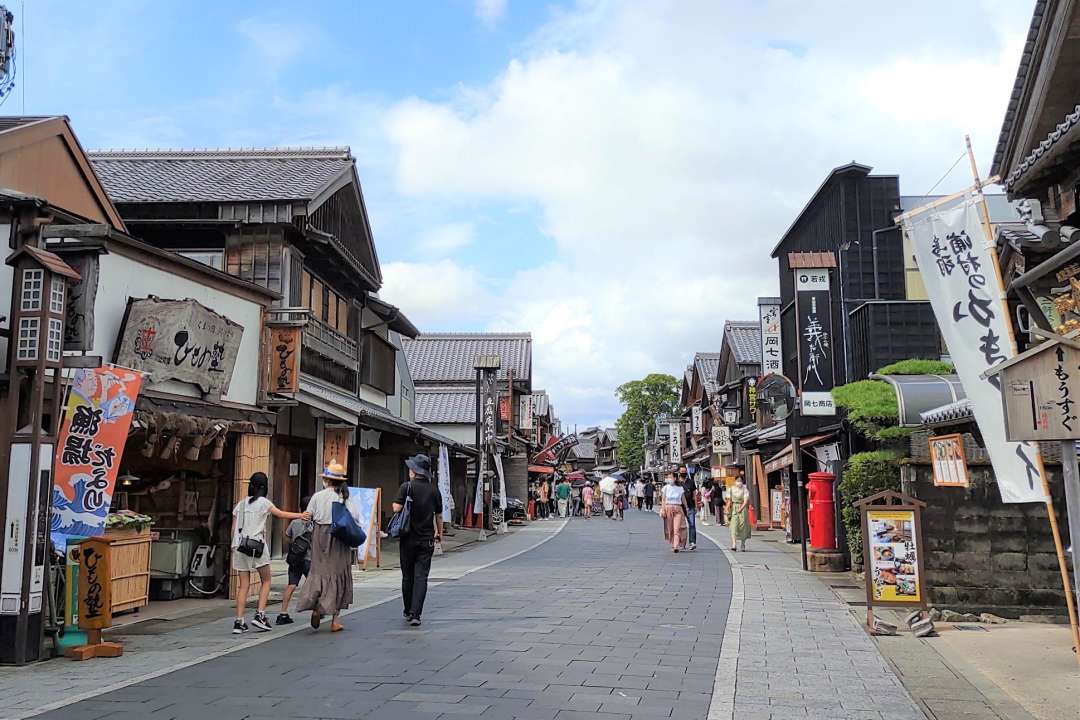
Oharaimachi.
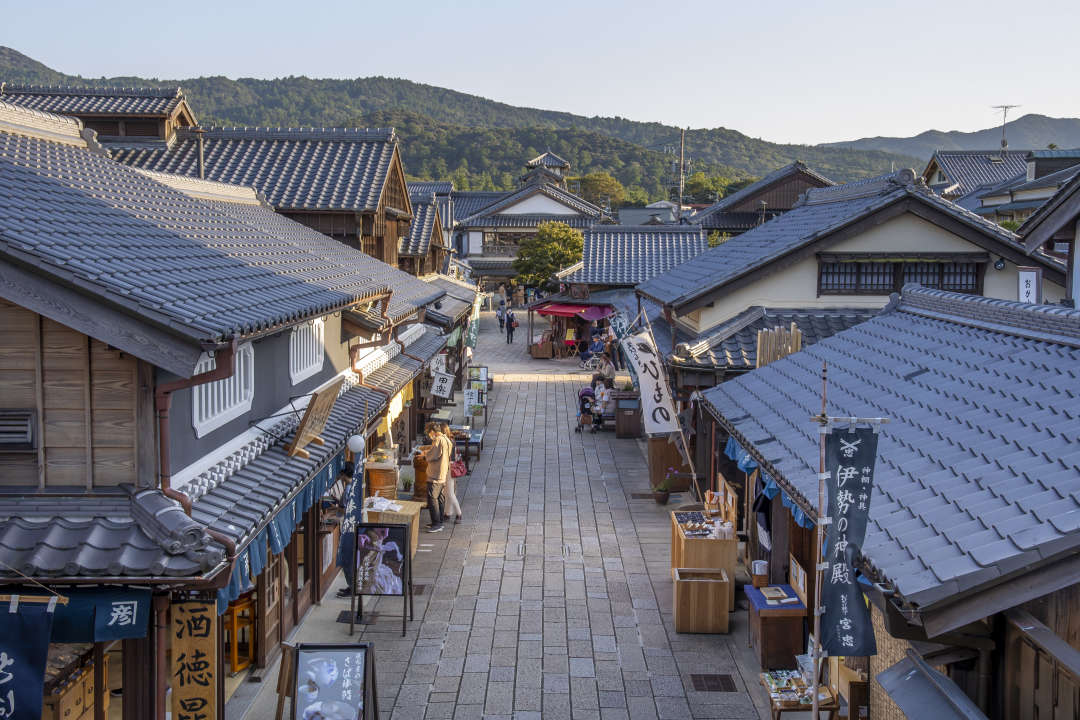
Okage Yokocho.
Exploring the history of pearl cultivation and “ama” women divers
Afterward, take the JR Sangu Line from Iseshi Station to Toba Station, a journey of about 15 to 20 minutes. From there, it’s just a 5-minute walk to Mikimoto Pearl Island, the birthplace of the globally renowned Mikimoto brand, treasured by celebrities worldwide.
Mikimoto revolutionized the cultivation of pearls. At the Pearl Museum on Mikimoto Pearl Island, you can explore the fascinating process of pearl formation and delve into the world of pearls. The museum also showcases exquisite antique jewelry made from natural pearls and stunning art pieces crafted with an abundance of cultured pearls, both sure to captivate visitors.
For those looking to bring home a special souvenir, visit Pearl Plaza, where you can purchase high-quality pearl jewelry from Mikimoto. It’s the perfect way to commemorate your trip.
Also, don’t miss the “ama” women divers’ demonstration show. These skilled divers, who collect abalone, turban shells, and seaweed by free diving, are part of a tradition that dates back approximately 2,000 years, and it is still being passed down today. The marine treasures they harvest are still offered to Ise-Jingu Shrine as sacred food offerings for the gods. Witnessing the “ama” divers in action offers a rare glimpse into a cultural heritage deeply intertwined with the spirituality and traditions of Japan.

The “Yaguruma” sash clip, exhibited at the 1937 International Exposition in Paris.
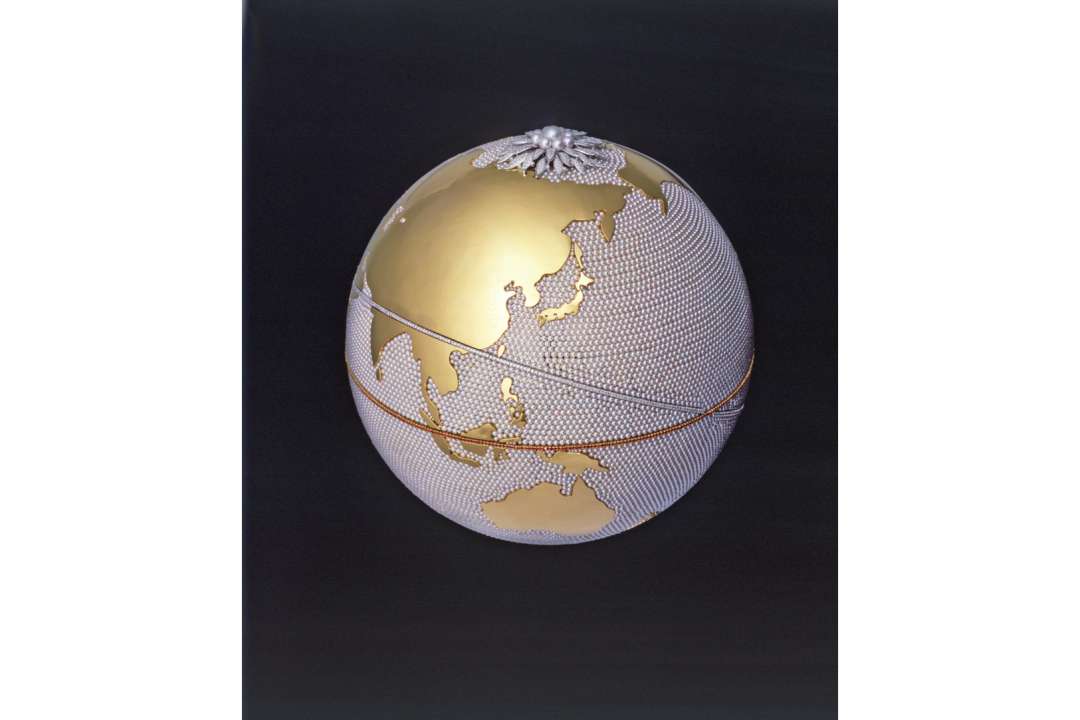
The Pearl Globe: A striking piece of contemporary art.


Reproducing the work of the “ama” women divers who supported pearl farming in the past.

Bring home a beautiful pearl from the shop—a perfect keepsake of your trip.
Exploring the religious beliefs of the Japanese people
Now, it’s time for the climax of your trip. Head to the southern part of Mie Prefecture via the JR Sangu Line and Kisei Main Line. Traveling from JR Toba Station to JR Kumanoshi Station takes approximately 2 hours and 30 minutes to 3 hours and 30 minutes, depending on transfer wait times when using the rapid service or limited express train.
One thing not to be missed in this area is the Kumano Kodo Iseji, a globally rare example of a road designated as a World Heritage Site. Known as a “road of prayer,” the Iseji connects Japan’s revered Ise-Jingu Shrine to the Kumano Sanzan (the collective name for the three great shrines of Kumano) via steep mountain passes.
We recommend the route that enters the Iseji from the Matsumoto-toge Pass trailhead near Odomari Station on the JR Kisei Main Line. Climb the old stone-paved path, imagining the devotion of past Japanese pilgrims, until you reach a gazebo near the summit offering breathtaking views of Shichiri Mihama Beach. Continuing along the Hamakaido Road, you’ll encounter incredible landmarks such as Shishiiwa (Lion Rock), a peculiar rock formation that seems to be howling at the sea, and Hana no Iwaya, believed to be Japan’s oldest shrine.
In the middle of your trek, we recommend taking a short detour from the Kumano Kodo route and heading to Onigajo, where a scenic promenade showcases striking rock sculptures created by nature.
If you have extra time to explore, consider taking the Hongudo Road from Hana no Iwaya toward Ubuta-jinja Shrine, then continuing to Tori-toge Pass and Maruyama Senmaida. There you will find a mesmerizing landscape of terraced rice fields made up of around 1,300 rice paddies.
The Kumano Kodo Iseji pilgrimage route spans 170 km (about 105 miles), so if the course above feels too short, why not challenge yourself with the Magose-toge Pass near JR Aiga Station, located north of JR Odomari Station?


Kumano Kodo Iseji: The historic stone paving of Matsumoto-toge Pass.

At the summit of Matsumoto-toge Pass, a Jizo statue stands amidst a bamboo grove to welcome climbers.

The breathtaking view from the gazebo.

Shishiiwa (Lion Rock), the grand rock formation that appears to roar at the sea.

Hana no Iwaya: A sacred site from ancient times, believed to be Japan’s oldest shrine.

The striking beauty of Onigajo’s 1.2 km-long tuff cliff, sculpted by nature.
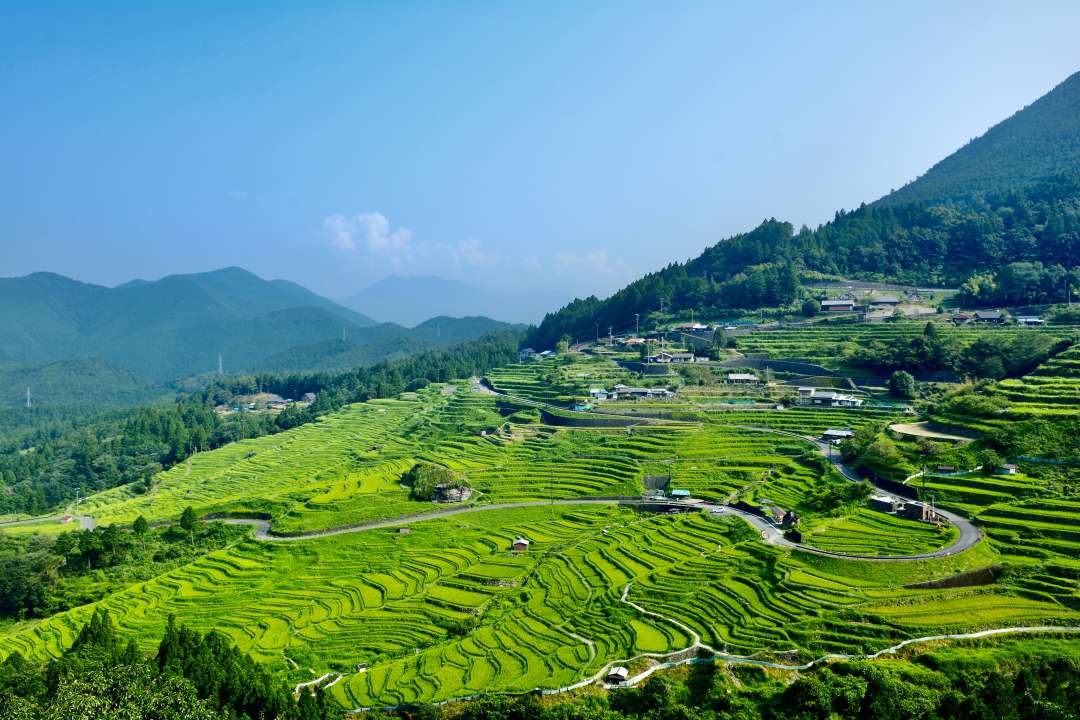
The magnificent terraced rice fields of Maruyama Senmaida, consisting of beautifully lined-up paddies.
How to get there
This article introduced a cultural adventure through Mie Prefecture using the Ise-Kumano-Wakayama Area Tourist Pass. While the journey outlined here begins in Osaka, starting from Nagoya is another great option. Let this guide inspire you to expand the horizons of your travels. For more details about the Ise-Kumano-Wakayama Area Tourist Pass, please visit the URL below.
Related Links
Mie Prefecture Tourism |
| URL : https://www.kankomie.or.jp/en/ |
|
|
| URL : http://www.facebook.com/travelmiejapan |
|
|
| URL : https://www.instagram.com/visitmie/ |
Ise-Kumano-Wakayama Area Tourist Pass |
| URL : https://touristpass.jp/en/ise_kumano/ |
Nipponia Hotel Iga Ueno Castle Town |
| URL : https://www.vmg-igaueno.com/news/nipponia-hotel-iga-ueno-castle-town |
Iga Ueno Castle |
| URL : http://igaueno-castle.jp/?page_id=196 |
Ninja Museum of Igaryu |
| URL : https://www.iganinja.jp/?page_id=837 |
Ise-Jingu Shrine |
| URL : https://www.isejingu.or.jp/en/ |
Oharaimachi/Okage Yokocho |
| URL : https://en.ise-kanko.jp/purpose/oharaimachi-okageyokocho/ |
Okage Yokocho |
| URL : https://okageyokocho.com/main/en_okage/ |
Mikimoto Pearl Island |
| URL : https://www.mikimoto-pearl-island.jp/en |
Kumano Kodo Iseji |
| URL : https://www.kodo.pref.mie.lg.jp/en/ |
Visit Higashikishu |
| URL : https://kumanokodo-iseji.jp/en/ |











